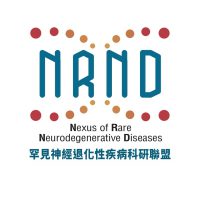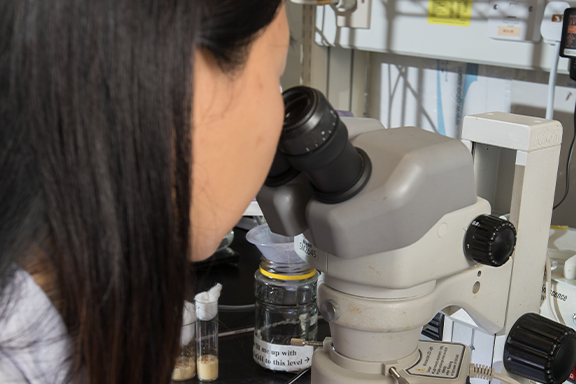Having dedicated years of work into pathogenic mechanisms, Professor Chan and his team have made remarkable progress in understanding the underlying causes of rare diseases. These new discoveries have made great contributions to biomedical sciences.
One case in point is the discovery of the role of Fuz protein in polyglutamine (polyQ) diseases, such as SCA and Huntington’s disease. The team has unveiled the process through which the over-expression of Fuz protein leads to the death of neurons. A similar mechanism was also found in Alzheimer’s disease, which shows that Fuz-mediated cell-death may play some common roles in neurological disorders. Professor Chan and his team are now searching for compounds that can bring Fuz dysregulation back down to a normal level. This would entail a cure for polyQ and Alzheimer’s diseases.
Another of their research focuses lies on polyalanie (polyA) diseases, which include diseases such as oculopharyneal muscular dystrophy (OPMD) and congenital central hypoventilation syndrome (CCHS). In 2017, the team located the causes of the protein mislocalization that impairs the normal production of proteins, causing polyA diseases. Having identified this process, the team found out how to rectify it – by manipulating the protein eEF1A1. This discovery will provide insights into new therapeutic approaches to combat polyA diseases. This work was published in the prestigious scientific journal, The Journal of Biological Chemistry.
Publications :
Chen, Z.S., Li, L., Peng, S., Chen, F.M., Zhang, Q., An, Y., Lin, X., Li, W., Chan, T.F., Lau, K.F., Ngo, J.C., Wong, W.T., Kwan, K.M. and Chan, H.Y.E.* (2018) Planar cell polarity gene Fuz triggers apoptosis in neurodegenerative diseases. EMBO Rep. 19, e45419
Li L., Ng, N.K. Koon, A.C., Chan, H.Y.E.* (2017) Expanded polyalanine tracts function as nuclear export signals and promote protein mislocalization via eukaryotic translation elongation factor 1 alpha 1. J. Biol. Chem. 292, 5784-5800

